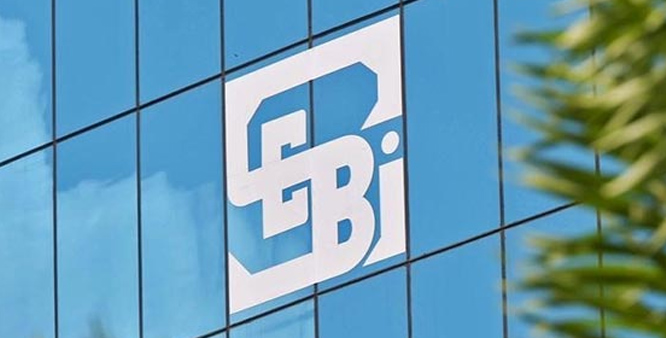Uniformity And Complete Overhaul Of Mutual Fund Industry
[su_dropcap style=”flat” size=”4″]T[/su_dropcap]he mutual fund industry was revamped and rationalized by bringing uniformity in the functioning of various products and schemes. The new classification will help the normal investor to compare various schemes easily. It will help them to make intelligent and informed decisions while constructing the portfolios. The retail participants were not able to differentiate easily amongst the various equity oriented schemes easily due to a lack of guidelines from the market regulator SEBI.

Thus SEBI decided to define a uniform and rationalized code for the MF industry.SEBI has specified 36 categories of mutual fund schemes in total. As per the new rules, the AMCs will not be allowed to offer two schemes under different names with identical investment mandates. One category of mutual fund will be permitted to sell only one mutual fund scheme in that subcategory.. As a result of this mandate, the fund houses are now realigning their schemes and portfolio to classify them under the newly formed categories after the new recategorization.
SEBI has specified the entire universe of mutual funds to be classified under these 5 categories i.e. Equity, Debt, hybrid, Solution oriented and others. The equity funds have been further divided into following 10 sub-categories i.e. large-cap fund, large & mid-cap fund, mid-cap fund, a small-cap fund, multi-cap fund, dividend yield fund, value fund, contra fund, focused fund, sectoral/thematic fund, and ELSS.
The primary reason for such a large overhaul was to eliminate overlapping of schemes. EX. An investor invested in large-cap fund thinking that it has a low beta, low volatility and low risk as the scheme will invest majority in large caps. Unfortunately, the fund used to invest in mid and small cap stocks to create alpha while it was supposed to invest predominantly in large-cap stocks.
Mutual Fund managers made full use of lack of definition of large caps, mid caps and small caps available to them from the market regulator. The asset allocation and the overall risk-return profile did not follow the investment objective of the schemes mentioned in the offer document.
To eliminate the anomaly, the SEBI decided to categorize stocks into three baskets along with other important changes mentioned below:
Market cap definition made clearer and precise :
- Large-cap stocks: TOP 100 Companies by the Market Cap
- Mid Cap Stocks: Next 150 Companies by Market Cap
- Small Cap stocks: Remaining stocks beyond TOP 250 by Market Cap
The naming of schemes changed too :
The new mandate makes it clear to avoid fancy and lucrative names like” advantage”, “opportunities” and the names have to reflect the inherent risk in the scheme. Earlier the schemes were given fancied names by the MF companies to lure investors. A Mutual Fund Company used to launch an NFO with adjectives. People used to fall prey easily to the marketing gimmicks used by companies.
Scheme attributes have also been changed :
The benchmark and investment objective has to be clearly stated with the scheme. Now they have to mandatorily disclose the benchmark to show their performance vis that particular benchmark. Ex. A Fund which has BSE 100 has benchmark will show his performance relative to BSE 100.
This new classification and the definition provided to the mutual fund industry helped to bring a uniformity . This will also help to select the relevant mutual fund schemes without creating overlapping in portfolios.
Introduction of Lock-in Period :
SEBI has introduced a lock-in period of 5 years in case of Solution Oriented Schemes like retirement fund and children’s fund. However, the existing investors of the scheme need not worry about it because the said lock-in period would not be applicable to them.
Cont … Part B




